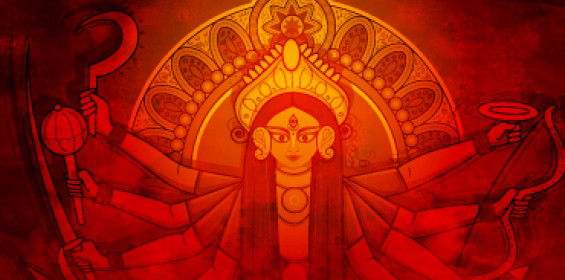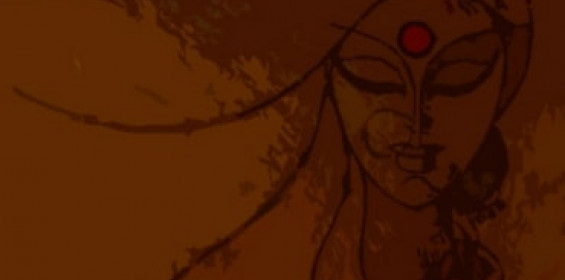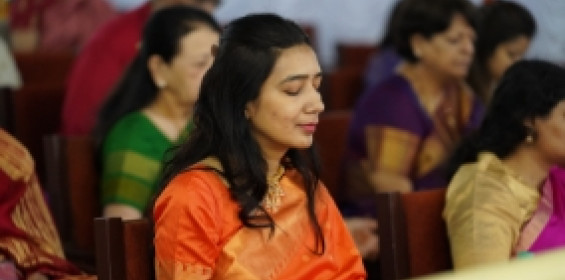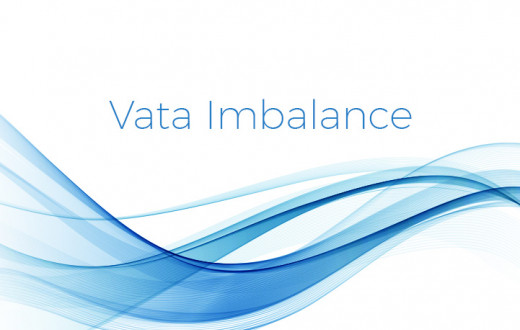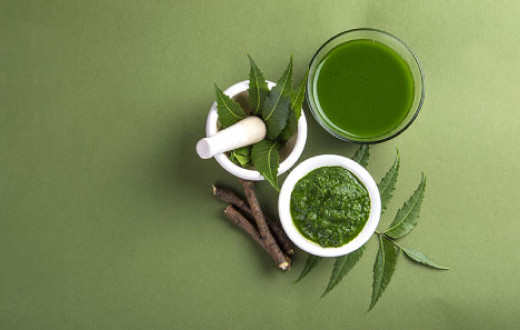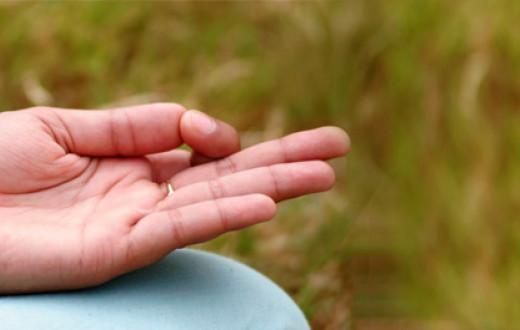A Practice Around the World: Halloween & More
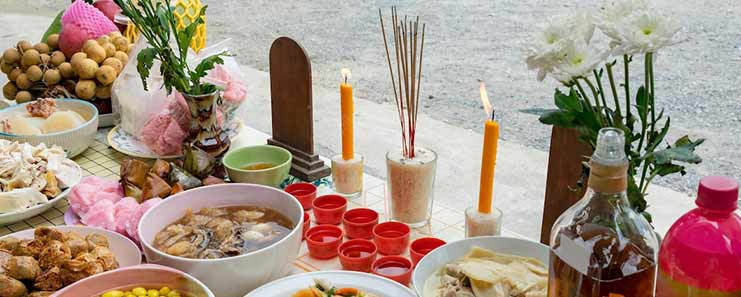
Millions worldwide pay tribute to their departed ancestors in Autumn. Unconnected cultures spread across the Pacific, Atlantic and Indian Oceans perform unique religious rites to seek the blessings of their ancestors by making them happy, contented and peaceful. How do people commemorate their ancestors in different parts of the world? Let’s find out.
Halloween
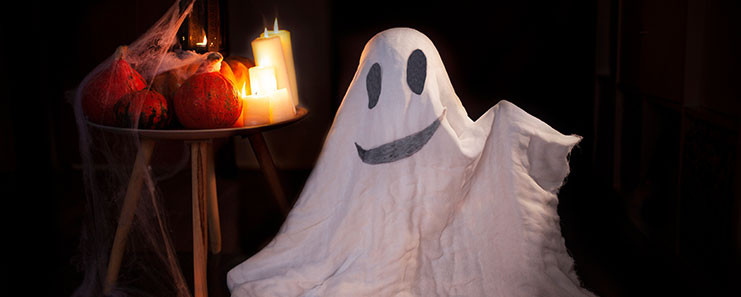
Halloween is perhaps the most popular holiday after Christmas and New Year in the West. Every year, it is celebrated on October 31st. The word ‘Halloween’ traces its origin to ‘All Saints’ Day’. In Old English, ‘All Hallows’ was another name for All Saints’ Day. To hallow means to make something holy. Though it may seem that Halloween is closely associated with Christian beliefs, interestingly, its history goes back to Samhain, a Pagan festival.
Celts of Britain, Ireland and France used to hold a harvest festival from dusk on October 31st, to dusk on the next day. Druids, Celtic priests cum magicians, would perform rituals in front of bonfires and people would dance around them. These rituals would represent the circle of life and death. They believed that on the day of Samhain, spirits, fairies and witches may easily return to the living world! These spirits could run amok, harming livestock, destroying crops and possessing humans. People wore costumes made of hides or pelts to hide their identities. So Halloween costumes trace their origin in this Pagan tradition.
Pitru Paksha and Mahalaya
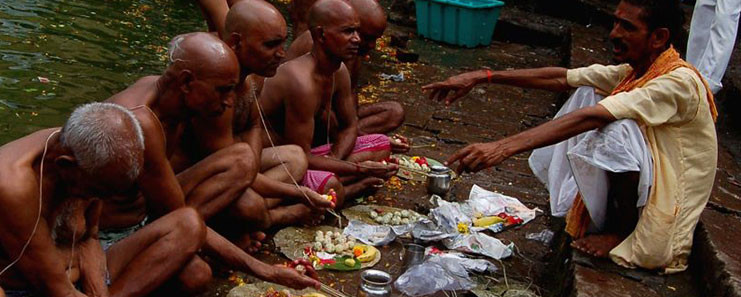
Paksha refers to a period of 15 days in Sanskrit. ‘Pitru Paksha’ is a 15-day period when Hindus pay homage to their ancestors (Pitrs). This year Pitru Paksha started on September 10th.
On the last day of Pitru Paksha, ‘tarpan’ or ‘pind daan puja’ is held. The ritual is held on ‘Mahalaya Amavasya’ or the new moon day of the month of Ashwin (mid-September to mid-October), in the Hindu calendar. People offer their homage to ancestors through food items and the holy water of Ganga. They hold ‘puja’, ‘havan’ and offer ‘daan’ or charity. People offer their respect to the preceding three generations during tarpan puja. It is believed that three generations of ancestors reside in the ‘pitru lok’, a world between earth and heaven. In this state, they need the help of their loved ones to satiate their hunger and quench their thirst.
Tarpan puja rites are believed to take care of hunger, thirst, pain and discontentment in departed souls. Also, when successive generations perform these rituals, they ease the journey of departed souls toward heaven.
Pitru Paksha precedes nine-day Navratri celebrations. During Pitru Paksha, celebrations and auspicious activities are not performed. People restrain from buying new things or starting new ventures. A phase of penance and austerity is followed by a period of festivity.
Akash Deep Daan
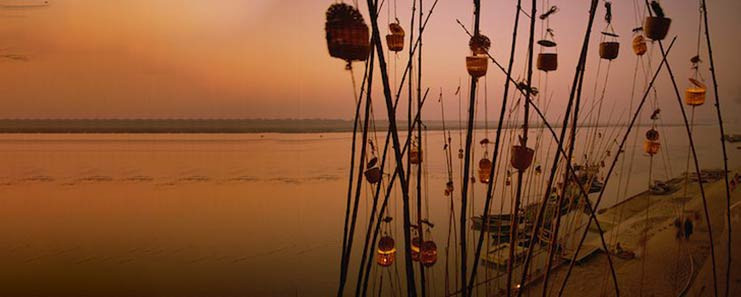
Akash Deeps are oil lamps dedicated in honor of the departed ancestors. ‘Daan’ in Sanskrit means charity. People light up oil lamps and hang them on terraces, rooftops, or in the backyards for the entire month of ‘Kartik’, a period between the middle of October and the middle of November, according to the Hindu calendar. It is believed that the light would help departed souls to reach heaven. In fact, this ritual attempts to help the ancestors attain divinity through the light of wisdom.
Akash Deep Daan is particularly observed in Varanasi, India’s pilgrimage capital. The ritual ends with ‘Kartik Purnima’, or the Dev Diwali day. It is believed that people performed this ritual for the first time to commemorate the martyrs of the Kurukshetra War.
‘El Dia de Muertos’ or the Day of the Dead
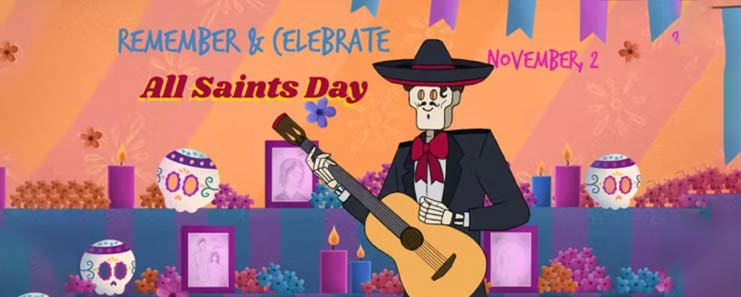
The Day of the Dead is celebrated in Mexico every year on November 1st and 2nd. This lively festival commemorates departed ancestors in the most colorful way. It is also the time of a family reunion when everyone celebrates the memory of their ancestors and honors them. They offer them their favorite food and the items they loved the most. Candles are lit in their memory so that the departed souls find their way back to their loved ones on earth. People visit tombs, decorate the place, hold grand feasts, sing, play instruments and even converse with their ancestors.
Mexicans love to celebrate the inevitability of death in the funniest way. They make life-size and miniature papier-mâché skeletons and hang them here and there to remind themselves that death is just a part of life.
In the pre-conquest era, Aztecs used to keep a month-long tradition of honoring ancestors. Goddess Mictecacihuatl, the death deity, would preside over the rituals. In the post-conquest era, these rituals were merged with Christian traditions of honoring the saints, martyrs and faithful Christians on ‘All Saints’ Day’ and ‘All Souls’ Day’.
All Saints’ Day
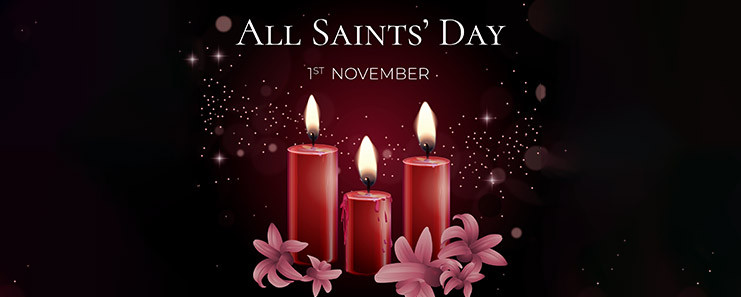
All Saints’ Day or the Feast of All Saints Day honors every saint of the Christian church who has attained heaven. It is celebrated on November 1st. People commemorate both the known and unknown saints of the church and Christian martyrs. Special prayers are offered in honor of them. Devout Christians spend the day in spiritual activities. It is the day to pay gratitude to God for the lives of saints and martyrs. It is believed that there is a spiritual bonding between those in heaven and those on earth. Hence, the day is spent meditating upon the virtues of saints and how one can cultivate them in their life!
All Souls’ Day
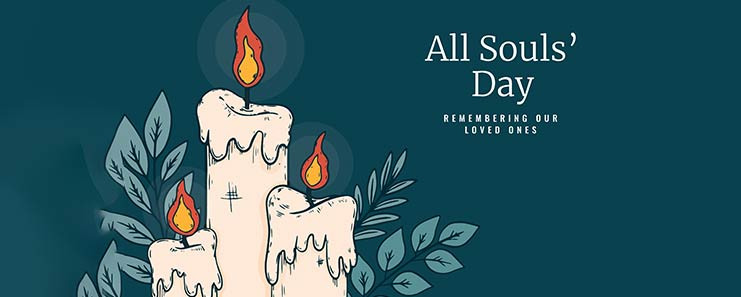
Catholic church celebrates ‘All Souls’ Day’ to commemorate the souls in purgatory, an intermediate state where those ‘guilty’ of lesser sins wait to get cleansed before they gain the right to enter heaven. It is observed on November 2. Prayers are held to help the souls get rid of sins and reach heaven.
In the US, people light candles and offer prayers for their ancestors. Also, Mexicans celebrate El Dia de Muertos on November 1st and 2nd.
‘Pchum Ben’ or Ancestor’s Day
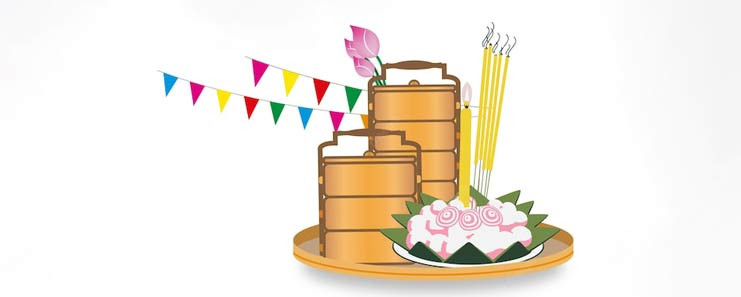
‘Pchum Ben’ is celebrated on the 15th day of the 10th Khmer month. Cambodian Buddhists celebrate it for the next 15 days. This year, Pchum Ben started on September 24th.
Buddhists in Cambodia believe that the souls of ancestors are freed for 15 days, annually. Pchum Ben marks that period. During this time, people would visit Pagodas and offer their prayers to Lord Buddha to save their seven generations of forefathers from bad karma and get their blessings. People also prepare food for the monks.
On the 15th and the last day (known as ‘Ben Thom’), families would dress up, visit Pagodas with baskets of flowers and offer cakes of sticky rice to monks through the hands of their children. This is the biggest day of the festival.
Bhoot Chaturdashi
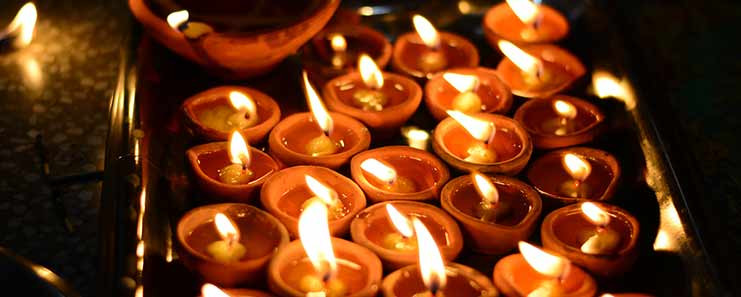
‘Bhoot Chaturdashi’ is celebrated in the state of West Bengal in India, a day before Diwali. It is observed on the 14th day of Krishna Paksha (the waning phase of the moon). People illuminate fourteen ‘diyas’ or earthen lamps to guide the souls of their fourteen generations of forefathers, to visit their loved ones. To chase away evil spirits, they illuminate the entire house.
Chuseok
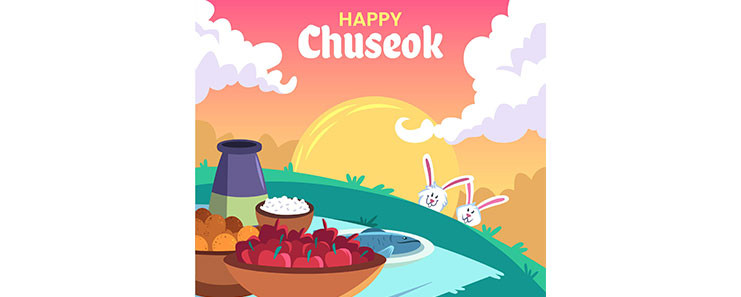
In South Korea, people worship their ancestors in a three-day festival called ‘Chuseok’ or ‘Hangawi’. It takes place in September or October. It’s a joyful time of family reunion, feasting and thanksgiving to ancestors for a good harvest. People visit the graves of their ancestors, clean them and offer their respect.
It’s pretty surprising how people across the world honor their ancestors in the months of autumn only. Does it really mean that the veil between the dead and the living is blurred at this time of the year?
FAQs on Honouring the ancestors & Halloween
An ancestor is anyone you descend from. In families, to descend means to ‘come from’.
https://www.youtube.com/watch?v=k2yB_cZ6nZ0
You descend from your parents, who descend from their parents, and so on. Chains of parents and their children are collectively known as ancestors.
Every culture observes rituals to venerate the departed souls. Civilizations worldwide have performed rituals since time immemorial to show love and respect to ancestors. A few of these rituals have been discussed in this video by Gurudev Sri Sri Ravi Shankar.
Different cultures perform rituals to seek the blessings of ancestors. However, the best practices include:
- Charity
- Service
- Evolve spiritually
https://www.youtube.com/watch?v=i63vtR_y5f8
Make this world a better place to live and your ancestors will bless you automatically.

